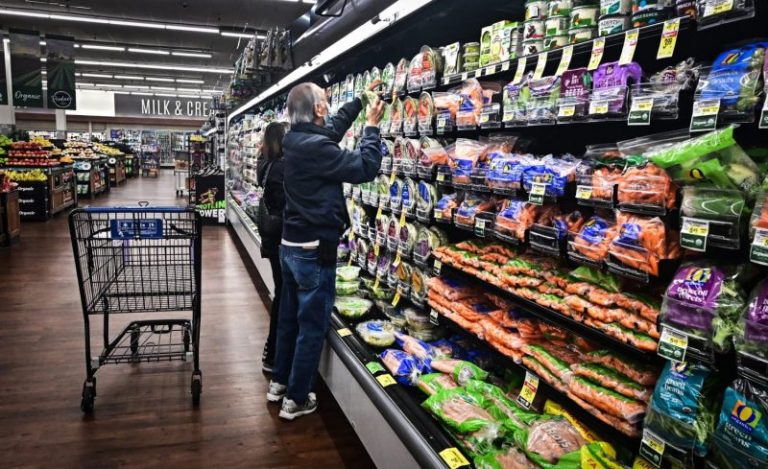The rising cost of groceries has been a significant concern for consumers worldwide, and understanding the factors contributing to these high prices is essential in finding solutions to alleviate the burden on consumers’ wallets.
One key factor that impacts the price of groceries is the increased demand for food products. As the global population grows and standards of living improve in many parts of the world, the demand for food, especially high-quality and organic products, continues to rise. This surge in demand puts pressure on the limited supply of food resources, leading to higher prices for consumers.
Moreover, disruptions in the food supply chain can also drive up the cost of groceries. Natural disasters, such as floods, droughts, and wildfires, can devastate crops and livestock, leading to shortages and price spikes. Additionally, logistical challenges, such as transportation delays and labor shortages, can disrupt the flow of goods from producers to consumers, further driving up the cost of groceries.
Another significant factor contributing to the high prices of groceries is the influence of large food corporations and retailers. These entities often have significant market power, allowing them to dictate prices to both consumers and producers. As a result, consumers may end up paying higher prices for food products, while farmers and producers receive a smaller share of the profits.
Furthermore, government policies and regulations can also impact the cost of groceries. Subsidies, tariffs, and trade agreements can influence the prices of food products, making them more expensive for consumers. Additionally, regulations related to food safety and labeling requirements can add to the overall cost of producing and selling groceries.
To address the issue of expensive groceries and provide relief to consumers, various strategies can be considered. Investing in sustainable agricultural practices and supporting local farmers can help increase the supply of affordable, high-quality food products. Encouraging competition in the food industry and promoting transparency in pricing can also help prevent price gouging by large corporations.
Moreover, consumers can play a role in lowering the cost of groceries by making informed purchasing decisions. Shopping at local farmers’ markets, buying in bulk, and choosing seasonal produce can help reduce costs and support small-scale producers. Additionally, being mindful of food waste and practicing meal planning can help save money on grocery expenses.
In conclusion, the high cost of groceries is a complex issue influenced by various factors, including increased demand, supply chain disruptions, corporate influence, and government policies. By understanding these factors and implementing strategies to address them, consumers may start to see relief in the form of more affordable and accessible food options. Ultimately, fostering a more sustainable and equitable food system is crucial in ensuring that everyone has access to nutritious and affordable groceries.



